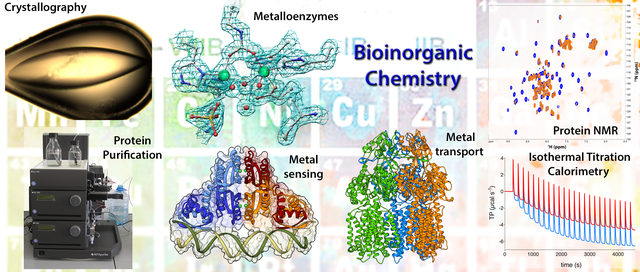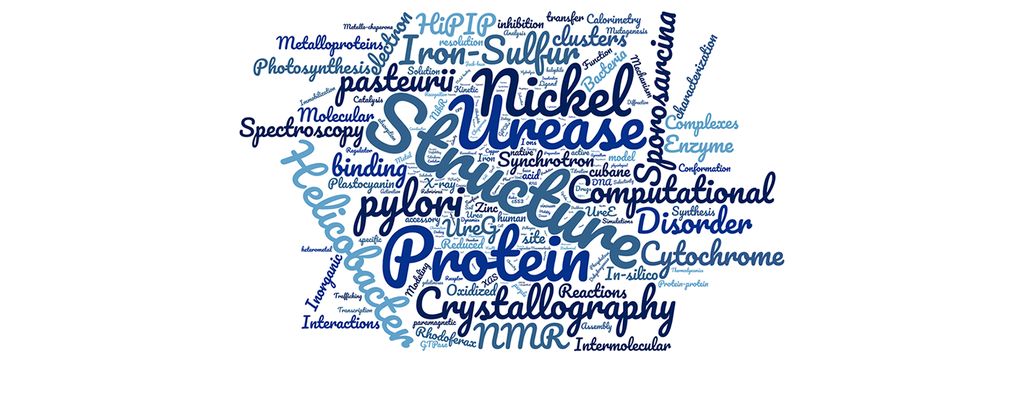Laboratory of Bioinorganic Chemistry. Coordinator: Ciurli
The main goal of the research is determination, at the molecular and structural level, of the structure-dynamic-function relationships of enzymes and other proteins involved in critical metabolic processes in the areas of human health and the environment, and their interactions with other proteins, nucleic acids, drugs, or metal ions.

